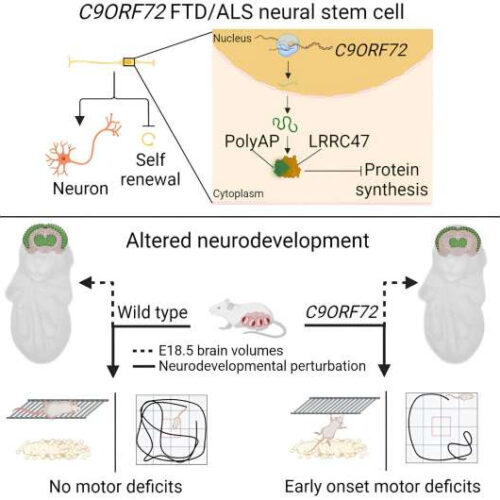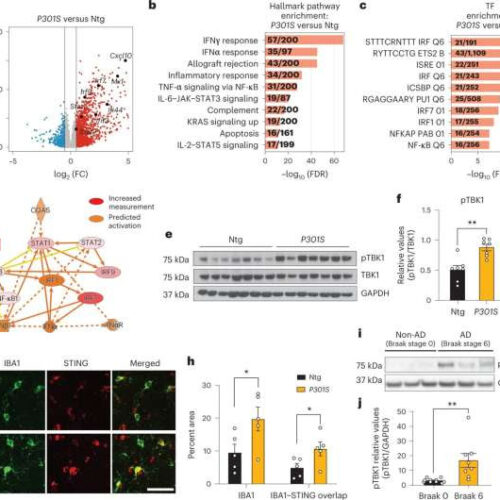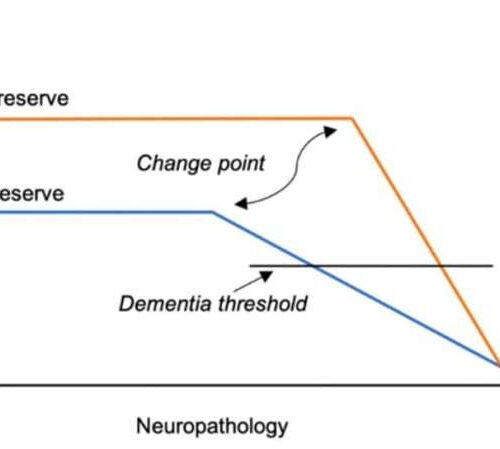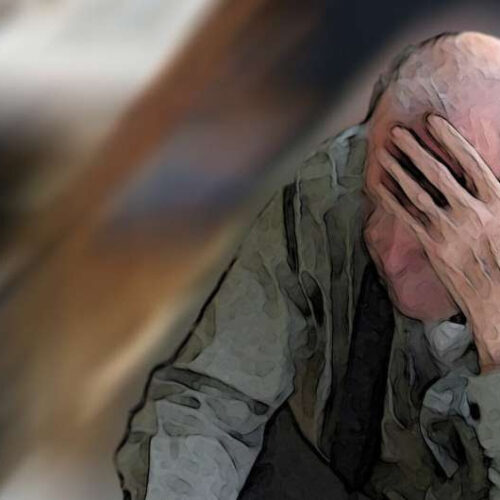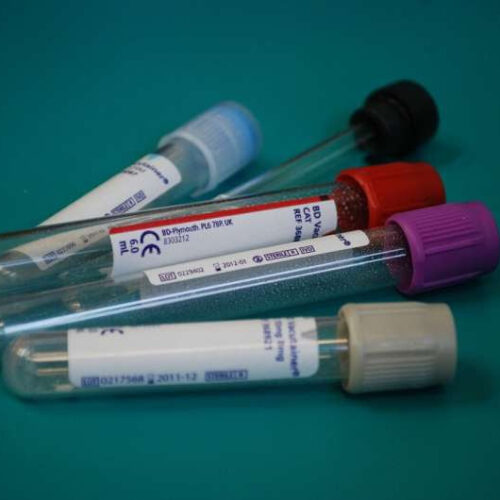by Susan Barber Lindquist, Mayo Clinic Credit: Mayo ClinicFrontotemporal dementia (FTD) is a group of neurologic disorders associated with changes in personality, behavior, language or movement. Some FTD forms are inherited, and some are not. Typically, people develop FTD symptoms before age 60. While there is no cure for this progressive decline, FTD research has made...
Tag: <span>frontotemporal dementia</span>
New genetic therapy shows promise for motor neuron disease and frontotemporal dementia
by Georgia Gowing, Macquarie University Credit: Neuron (2024). DOI: 10.1016/j.neuron.2024.01.022Macquarie University neuroscientists have developed a single-dose genetic medicine that has been proven to halt the progression of both motor neuron disease (MND) and frontotemporal dementia (FTD) in mice—and may even offer the potential to reverse some of the effects of the fatal diseases. It may also...
ALS and frontotemporal dementia show origins in utero, according to new study
by Cristy Lytal, Keck School of Medicine of USC Grpahical abstract. Credit: Cell Reports (2023). DOI: 10.1016/j.celrep.2023.112983 Even though neurodegenerative diseases often strike in middle age or later, patients could have structural differences in their brains that arise before birth. In a new study in Cell Reports, USC stem cell scientists used both patient-derived nerve cells and laboratory mice...
Interfering with antiviral pathway may deter Alzheimer’s disease and frontotemporal dementia
by Weill Cornell Medical College The cGAS–STING pathway is activated in the hippocampi of mice with tauopathy and in human AD brains. Credit: Nature Neuroscience (2023). DOI: 10.1038/s41593-023-01315-6 Targeting part of an antiviral pathway triggered by the accumulation of a key pathogen shared in Alzheimer’s disease and frontotemporal dementia may one day offer a new therapeutic approach to...
Culturally diverse people might resist frontotemporal dementia symptoms for longer
by University of Sydney Hypothesised change in cognitive function over time in individuals with high and low cognitive reserve, adapted from Bialystok, 2021. Credit: Journal of Neurology (2023). DOI: 10.1007/s00415-023-11638-w University of Sydney researchers who compared people with frontotemporal dementia have found that those born overseas who first spoke a language other than English can tolerate the...
Educational Background and Previous Brain Injury May Be Associated With Higher Risk of Frontotemporal Dementia
Summary: Previous TBI increased the risk of frontotemporal dementia in those without a genetic risk factor for FTD. Additionally, researchers found those with FTD tend to be less educated than those with Alzheimer’s disease. Source: University of Eastern Finland Two recent studies from the University of Eastern Finland show that educational background and previous traumatic brain injury...
Brainstem atrophy is linked to extrapyramidal symptoms in frontotemporal dementia
by University of Eastern Finland Hypometabolism in EP + patients compared to EP− patients in the whole cohort. Orange and yellow colors represent lower metabolism in the EP + group (p < 0.001, uncorrected). Images are presented in neurological orientation (i.e., left hemisphere presented in left side of the picture). Credit: Journal of Neurology (2022). DOI: 10.1007/s00415-022-11095-x Frontotemporal dementia patients with extrapyramidal symptoms...
Lab-grown ‘mini brains’ hint at potential treatment options for motor neurone disease and frontotemporal dementia
by University of Cambridge Mini-brain organoids showing cortex-like structures. Credit: Andras Lakatos/University of Cambridge Cambridge researchers have developed ‘mini brains’ that allow them to study a fatal and untreatable neurological disorder causing paralysis and dementia—and for the first time have been able to grow these for almost a year. A common form of motor neurone disease,...
Early signs of frontotemporal dementia found in personalized cerebral organoids
by The Mount Sinai Hospital Credit: CC0 Public Domain Frontotemporal dementias are a group of fatal and debilitating brain disorders for which there are no cures. In an article published July 26 in Cell, Mount Sinai researchers describe how they were able to recreate much of the damage seen in a widely studied form of the disease...
New blood test for the diagnostics of frontotemporal dementia
by University of Eastern Finland Credit: CC0 Public Domain Frontotemporal dementia is the second most common cause of dementia in the working-age population. Its diagnostics are complicated by the similar symptoms presented by patients with psychiatric disorders or other neurodegenerative diseases as well as the lack of reliable diagnostic tools for differentiating these patients from each...
- 1
- 2


